Cellular fluorescence intensity and cell size as a function of

Download scientific diagram | | Cellular fluorescence intensity and cell size as a function of enrichment substrate on a subset of basalt enrichments (sample 30R-1A). The circle size indicates the average cellular area (mm 2 ) as measured by epi-fluorescence microscopy. The standard deviation for the cellular area of each sample is roughly 46% based on the following number of cells counts for each treatment: Host Rock (n = 28); No addition (n = 41); CH 3 COONa (n = 38); CH 4 (n = 62); NaHCO 3 (n = 43); NaHCO 3 + NH 4 Cl (n = 39); NaHCO 3 + NaNO 3 (n = 36); NH 4 Cl (n = 35); NaNO 3 (n = 38). Symbols ++ and + indicate analysis of variance P-values of <0.01 and <0.05, respectively, versus Host rock or No addition; and * * indicate P < 0.01 versus CH 3 COONa, CH 4 or NaHCO 3 . from publication: Nitrogen Stimulates the Growth of Subsurface Basalt-associated Microorganisms at the Western Flank of the Mid-Atlantic Ridge | Oceanic crust constitutes the largest aquifer system on Earth, and microbial activity in this environment has been inferred from various geochemical analyses. However, empirical documentation of microbial activity from subsurface basalts is still lacking, particularly in the | Nitrogen, Stimulation and Geomicrobiology | ResearchGate, the professional network for scientists.

Variability of fluorescence intensity distribution measured by flow cytometry is influenced by cell size and cell cycle progression
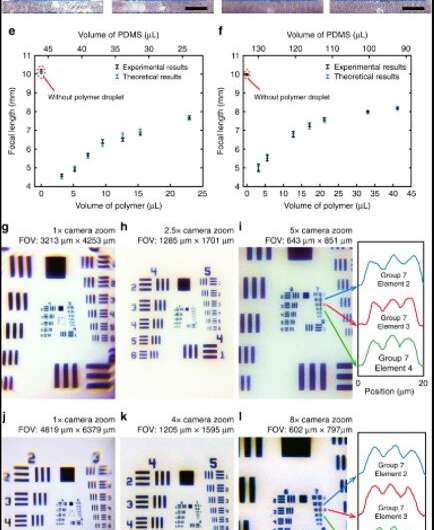
Turning a handheld smartphone into a fluorescence microscope
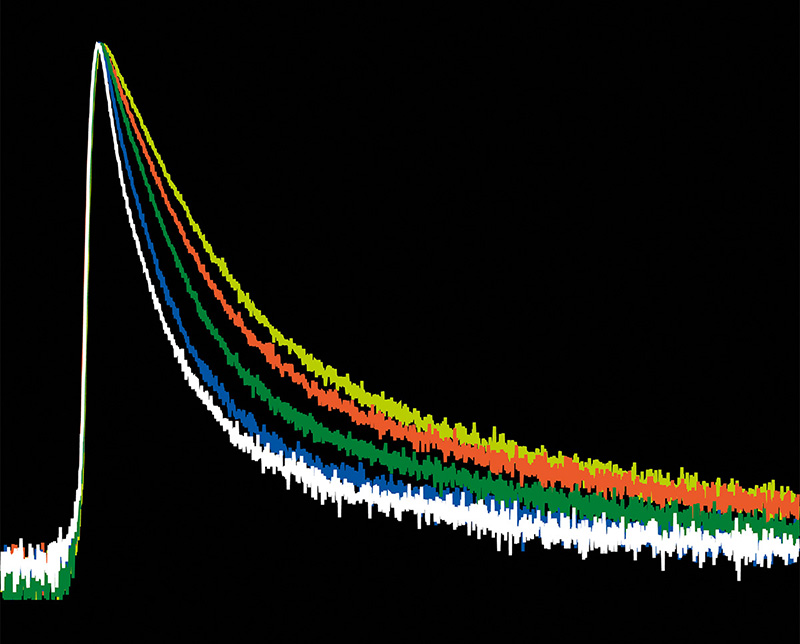
Time-Resolved Photoluminescence (TRPL)

Effects of fixation on bacterial cellular dimensions and integrity - ScienceDirect

Flow cytometry - Wikipedia
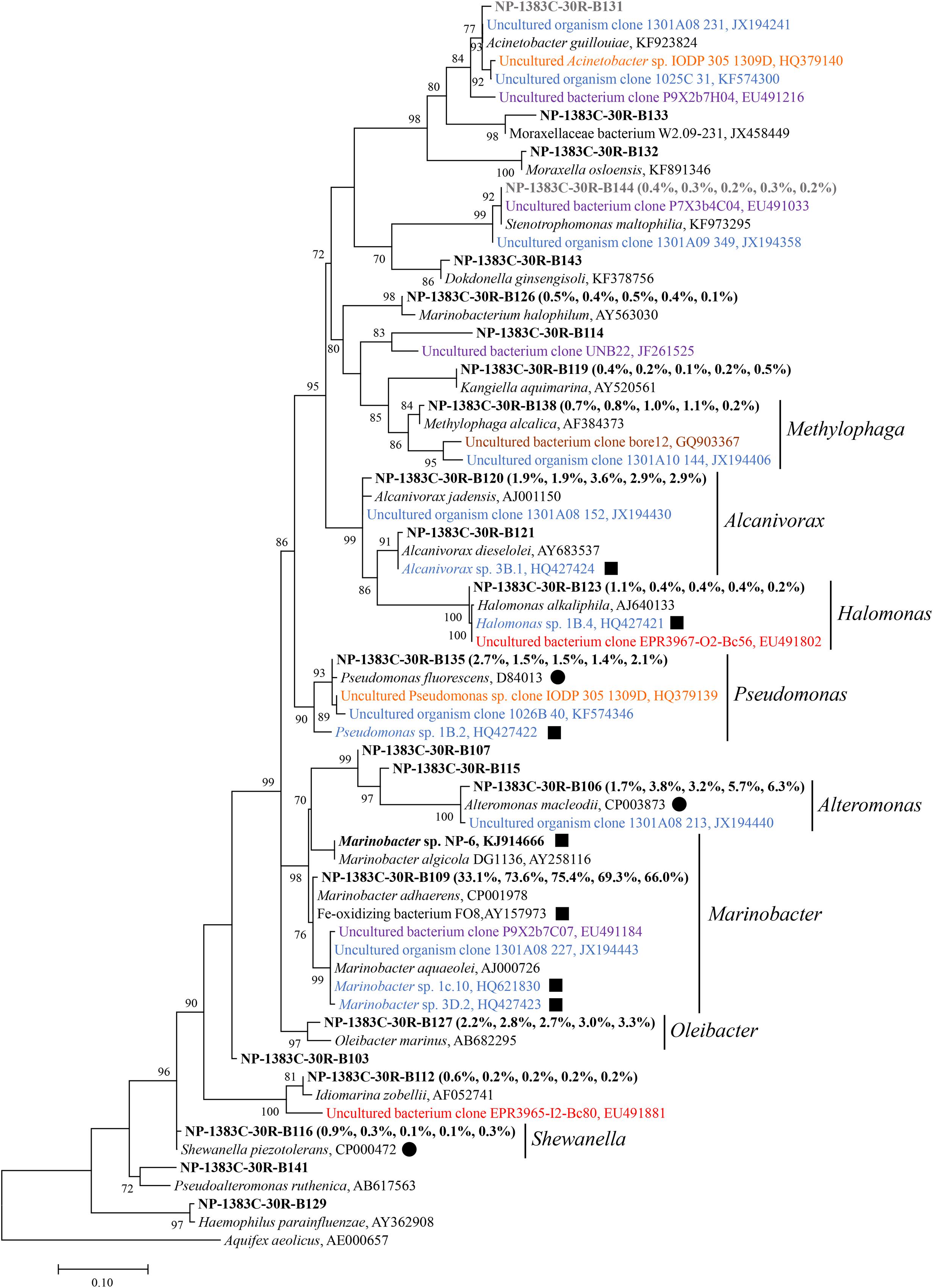
Frontiers Nitrogen Stimulates the Growth of Subsurface Basalt

Xinxu ZHANG, Assistant Professor, PhD
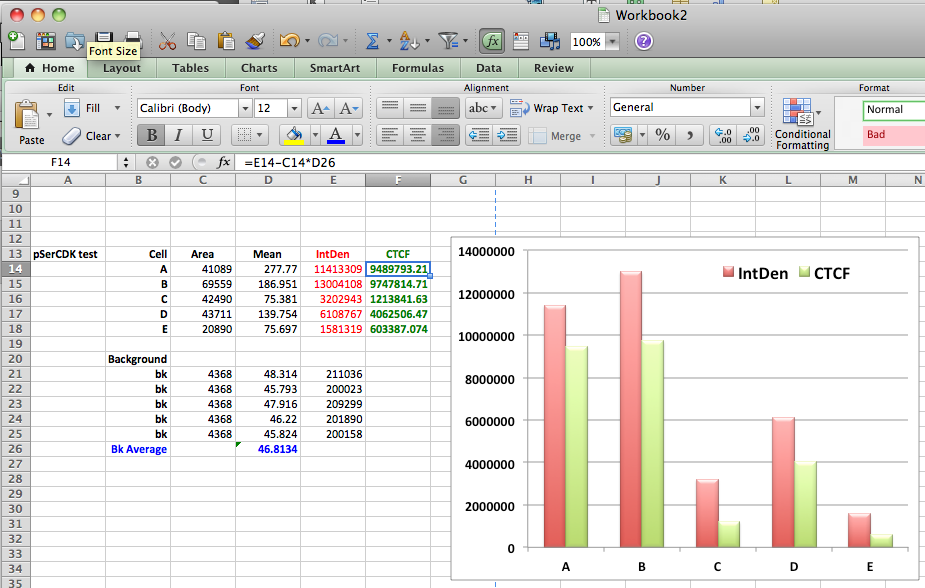
Measuring cell fluorescence using ImageJ — The Open Lab Book v1.0
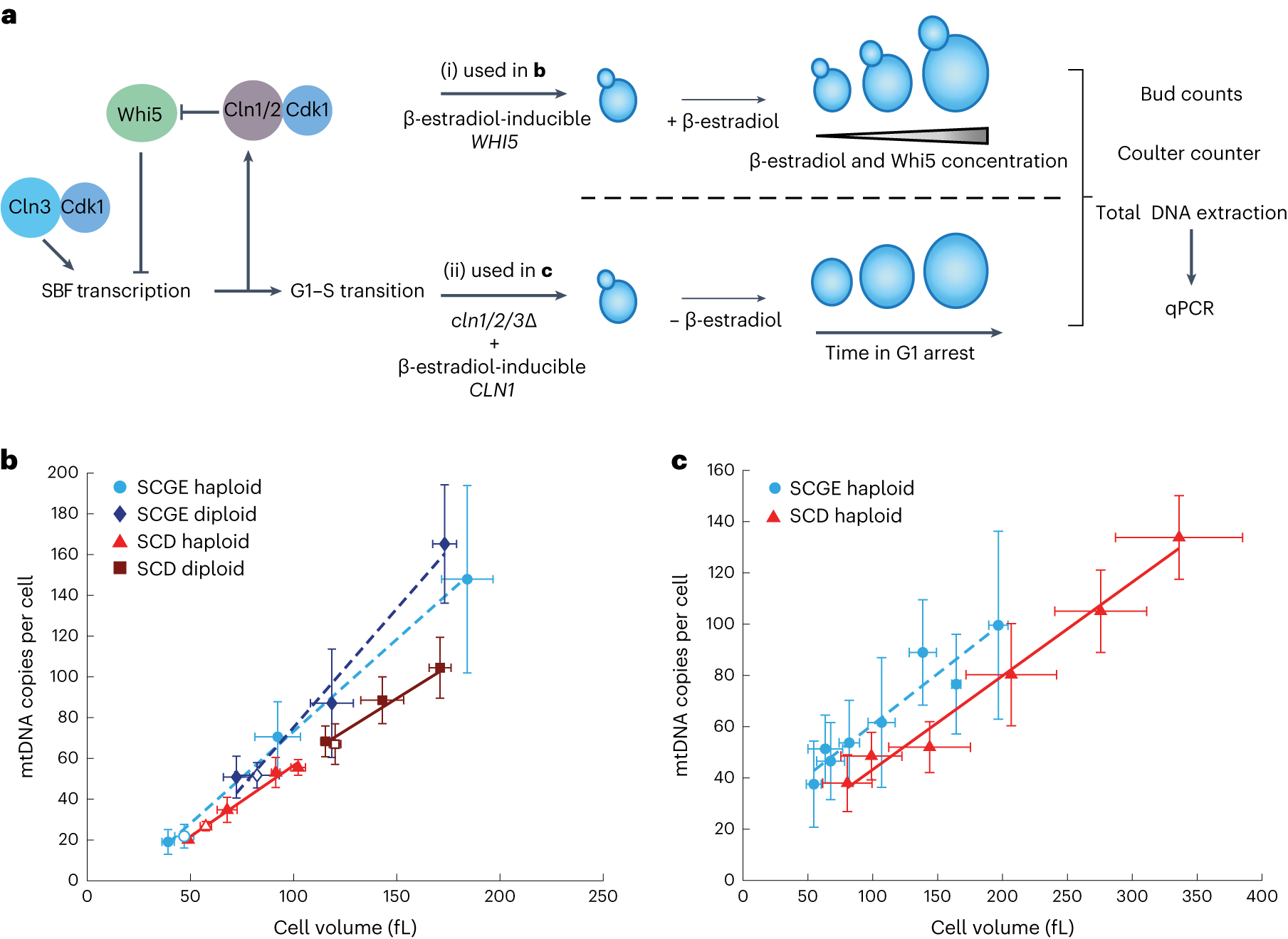
Regulation with cell size ensures mitochondrial DNA homeostasis during cell growth

Resolving subcellular pH with a quantitative fluorescent lifetime biosensor

Segmentation, tracking and cell cycle analysis of live-cell imaging data with Cell-ACDC, BMC Biology

Comparison of fluorescence-based methods to determine nanoparticle uptake by phagocytes and non-phagocytic cells in vitro - ScienceDirect
What are the units for fluorescence intensity? How is it measured? - Quora






